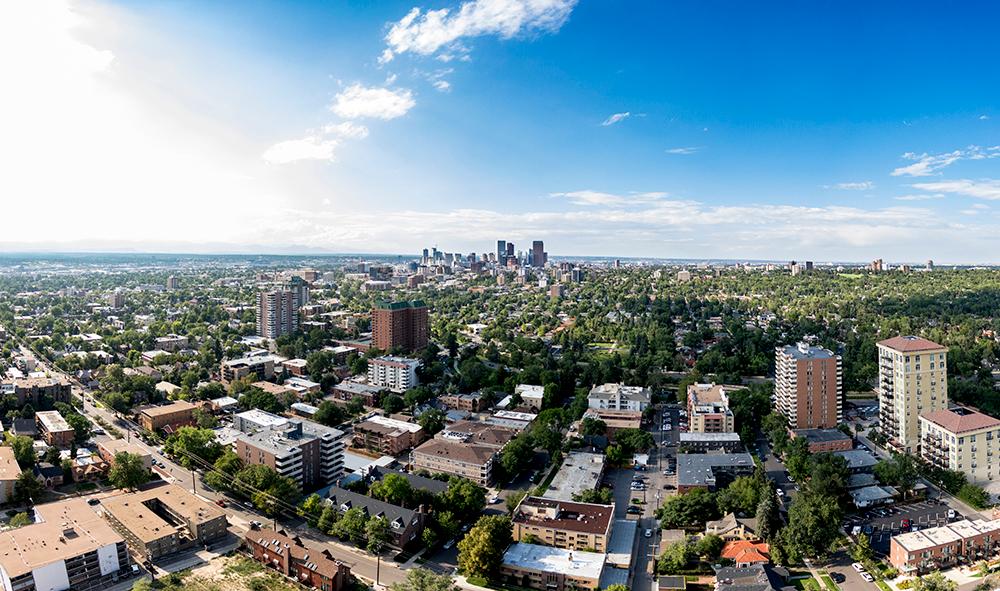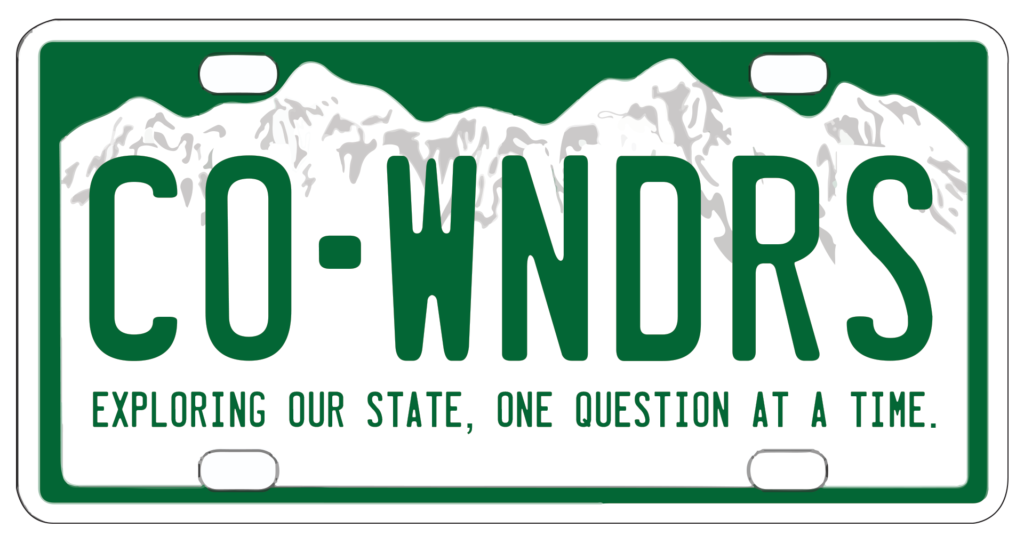
The Great Recession turned Denver's housing market on its head. Home prices skyrocketed beyond income growth. People priced out of coastal markets created demand here as they moved in — and supply hasn’t kept up.
It’s in this environment that Tricia Powell, a reader from Grand Junction wondered: What percentage of new single-family homes sell for less than the median cost in the Denver area?
Powell worked for the Department of Energy in Denver before she retired to the Western Slope. What she heard was that “builders prefer to construct something that’s gonna sell for a higher price because there’s a bigger profit margin there for them.”

That was actually true for much of the post-Great Recession recovery. Builders chose to cater to move-up buyers or Californians and Seattleites who brought their big equity gains with them when they relocated to Denver.
The recession was a housing crisis, triggered by subprime loans handed out to questionably qualified buyers. Reforms led to stricter loan standards that made homeownership tougher for first-time buyers. It was an easy business decision for builders to focus on high-ticket homes because those were the types of buyers who could qualify for loans.
About 23 percent of current Denver area households can afford the average new home sale price, which is $580,000, according to Metrostudy, a housing market research firm based in Centennial. But things have changed as builders shrink the size of homes and their associated price tag.
“What’s happening now is the builders are pivoting hard,” said John Covert, a regional director for Metrostudy. “If you look at the finished square footage of all the new construction that’s taking place it’s dropping, over the last two years, pretty aggressively.”
Finished square footage has declined 12 percent in the last two years in new Denver area homes. The lots builders construct on have shrunk in size too. Many of the new developments planned around Denver are much denser than anything the region has seen, Covert said.
To answer Powell’s question a bit more directly: How many homes are built that would sell below the average price? High-end homes are keeping the average price high, but most homes, 60 percent, now sell for less than that. The dip has been driven by a boom in townhome construction, Covert said. They are naturally smaller and cheaper than detached homes.
So there’s hope in the construction pipeline that smaller, denser and relatively affordable homes will soon be the norm in Denver home construction. The trade-off will be commutes and perks, like higher end finishes and basements.
Covert noted that these new developments are on the edge of the metro, many out in northeast Denver, closer to Denver International Airport than downtown.
“If you want a single-family detached home at a $400,000 price point you’re going to drive further to get it,” said Covert, who added those more affordable homes often don’t have basements or fireplaces or other luxury fixtures.
This isn’t just a phenomenon of Denver. Affordability was on Tricia Powell’s mind because she recently got her tax assessment and her Grand Junction home jumped 50 percent in assessed value.
“That just seemed astronomical to me,” she said. “I’m not sure I’d be able to afford to be able to buy my own house now.”
Are you curious about something in the Centennial State? Ask us a question via Colorado Wonders and we’ll investigate the answer.









